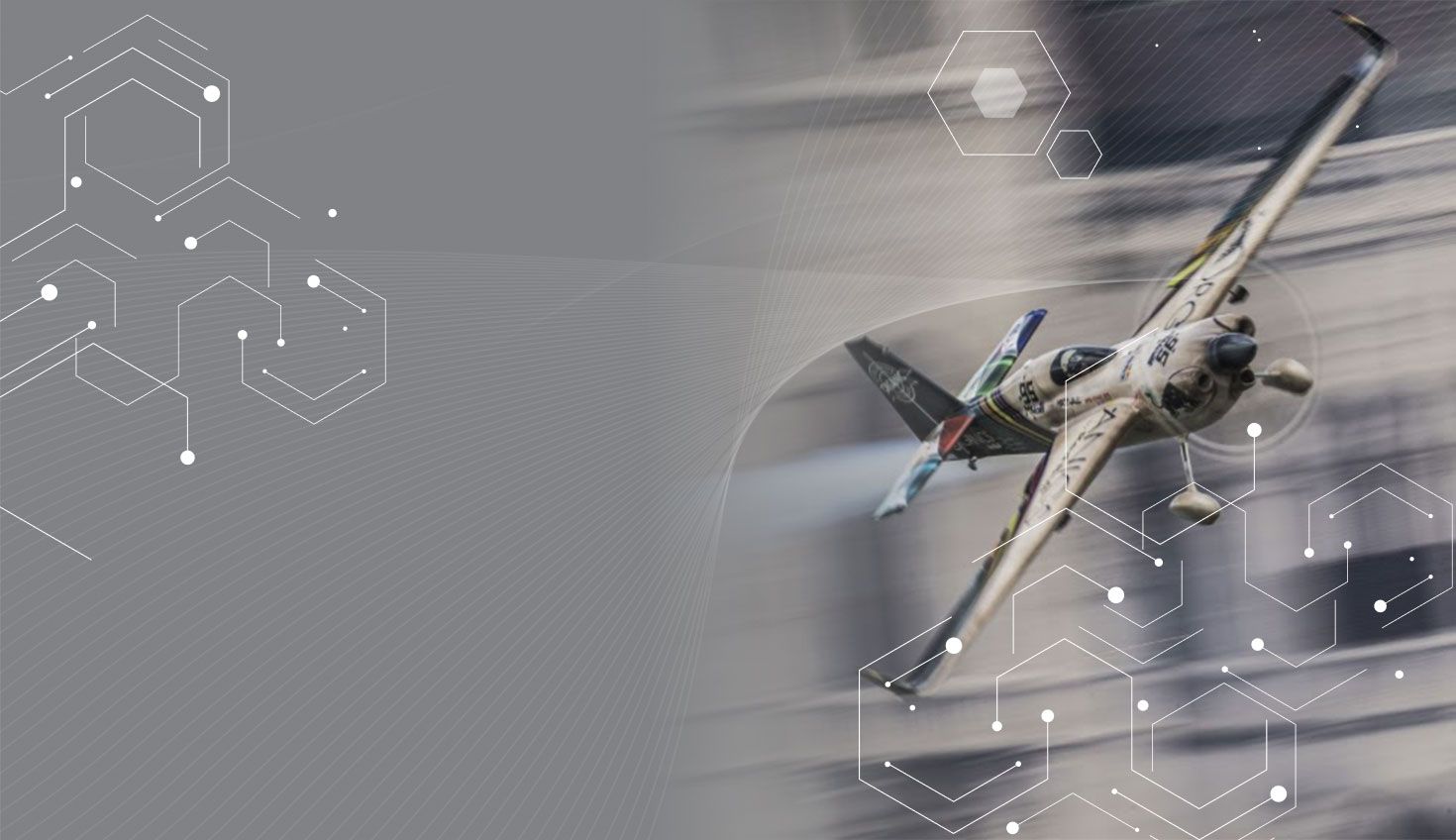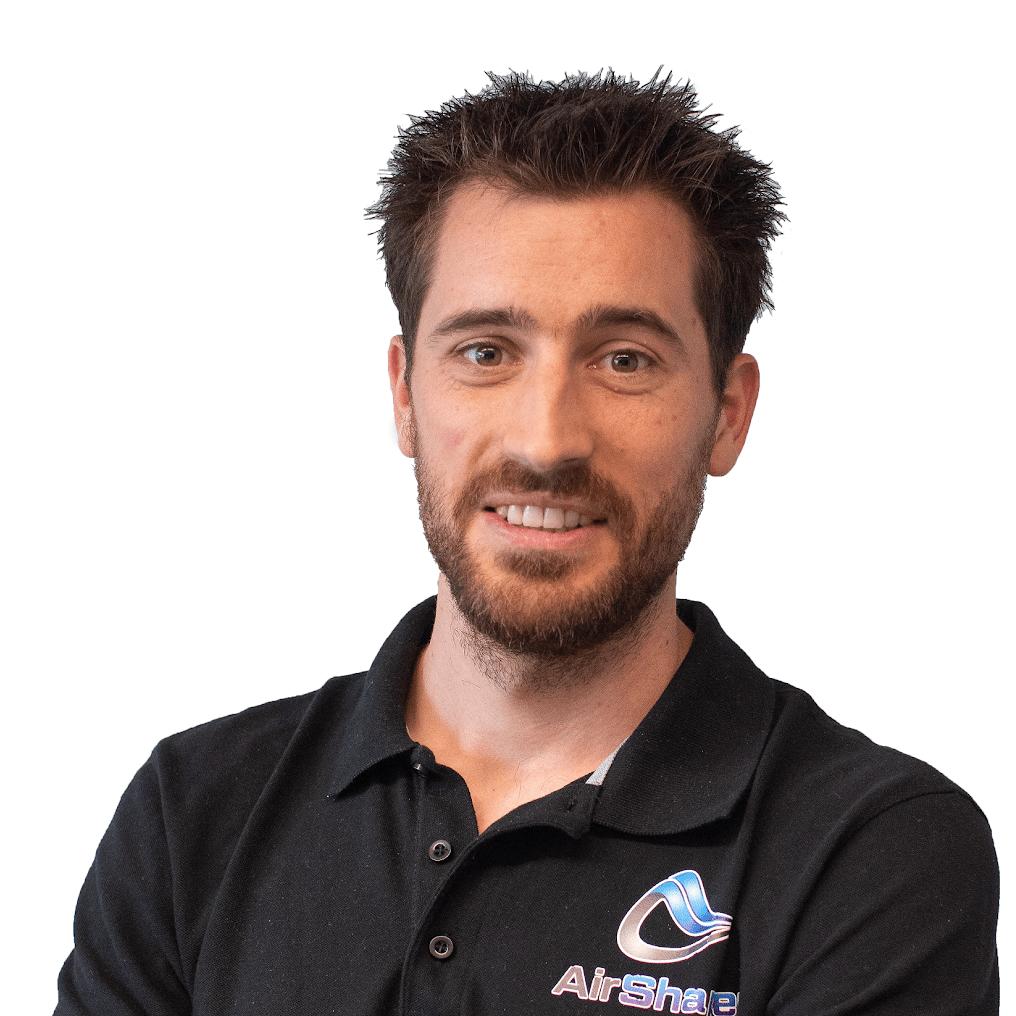
3:54
Aerodynamics are everywhere. Being able to understand and improve the aerodynamic performance of your 3D models can make a huge difference in the speed, efficiency, safety and environmental impact of your design.
It need not be a complex or costly thing to get your own insights. AirShaper, a cloud-based app available for Onshape, automates all the difficult things like simulation parameters, data processing and report generation. That leaves time and money for you to focus on your design. You now can:
- Look at visual 3D indications of drag right in your browser
- See how the air moves over your 3D model using our 3D streamlines; and
- Gain insights into where wind noise is generated
But let’s back up for a moment. So why would you want to analyze the aerodynamics of your design in the first place?
Aerodynamics are mostly associated with cars and planes. That makes sense. Consider that at highway speeds, 80% of a car’s fuel consumption is used to overcome aerodynamic drag. So cutting aerodynamic drag by 10% can result in a drop in fuel consumption of 8% on the highway.
As for planes, the importance is even more obvious. Without aerodynamics, they can’t fly, period. An aircraft uses aerodynamic lift to keep itself and its passengers and cargo in the air. An Airbus A380, for example, features a takeoff weight of more than 500 tons. Just imagine!
But that’s just the beginning. Aerodynamics play a key role in many other performance disciplines as well. Let’s take a look at speed skiers, for example. Their lives are focused around one thing only: going as fast as possible in a straight line. We recently used a 3D scan of a speed skier to calculate the aerodynamics of his stance and equipment, later helping him optimize his performance. AirShaper helped this skier improve his personal record from 198 km/h to a whopping 214km/h. At those speeds, aerodynamic forces dominate everything else.
Top Speed? Check!
Drones are another hot topic right now. Drones use the energy of batteries to drive propellers to move through the air as long and as quickly and agile as possible. Just add more batteries you say? Sorry mates, it doesn’t work that way. There is a point where adding batteries increases weight so much that it will actually decrease flight time or prevent the drones from flying at all. So getting the aerodynamics right is absolutely crucial.
For their latest model, the “eBee X,” Swiss drone company senseFly ran several AirShaper simulations to optimize the vortex, or the corkscrew motion of the air at the tips of the wings. By simply tweaking the vertical winglets, we jointly created an aerodynamic efficiency increase of 30%.
Efficiency? Check!
Let’s stay in the air for just a bit longer. The pinnacle of race plane performance is the annual Red Bull Air Race. Apart from powerful engines and gutsy pilots, aerodynamics determine who wins and who loses. Australian team Matt Hall Racing recently used AirShaper to optimize the airflow around their plane by analyzing 3D pressure drag & other flow illustrations. They won several races last season and nearly took the overall win.
Performance? Check!
Okay, time to get back to earth. Let’s travel someplace remote – so remote that there aren’t even powerlines. To power your stereo, you’ll need something like the Sunfold Tiger Power, a portable solar power system that’s an eco-friendly alternative to diesel generators. But remote locations often have high winds and having the system tip over would stop your music. So Sunfold uploaded a 3D model of their entire system into AirShaper and analyzed the forces of the wind to see if it would tip over. Luckily, it didn’t.
Safety? Check!
Tractor trailer trucks also spend most of their fuel on pushing air away from the vehicle. With fuel budgets topping tens of thousands of dollars, finding ways to reduce drag is certainly worth exploring. AirShaper recently compared the new Tesla Semi truck with a conventional one and found a reduction in aerodynamic drag of 20%. That would save you over $5,000 per year for a fuel-powered truck.
Environmental impact? Check!
Companies like Sunfold, Matt Hall Racing and senseFly have used AirShaper to significantly improve the efficiency of their products. Now, it’s your turn. To get started, just create an account on www.airshaper.com and start a new project. When asked for the 3D file you want to use, simply click “Import from Onshape,” and that’s it! Your files will automatically be converted and transferred to AirShaper and you’ll be taken to the setup page for your simulation.
Want to learn more? Watch our recorded webinar, “Why Use CFD With Onshape?”
Latest Content

- Case Study
- Industrial Equipment & Machine Design
Reframe Systems: Transforming Homebuilding with Digital Automation and Cloud-Native Onshape
09.25.2025 learn more
- Blog
- Becoming an Expert
- Assemblies
- Simulation
Mastering Kinematics: A Deeper Dive into Onshape Assemblies, Mates, and Simulation
12.11.2025 learn more
- Blog
- Evaluating Onshape
- Learning Center
AI in CAD: How Onshape Makes Intelligence Part of Your Daily Workflow
12.10.2025 learn more
- Blog
- Evaluating Onshape
- Assemblies
- Drawings
- Features
- Parts
- Sketches
- Branching & Merging
- Release Management
- Documents
- Collaboration
Onshape Explained: 17 Features That Define Cloud-Native CAD
12.05.2025 learn more



